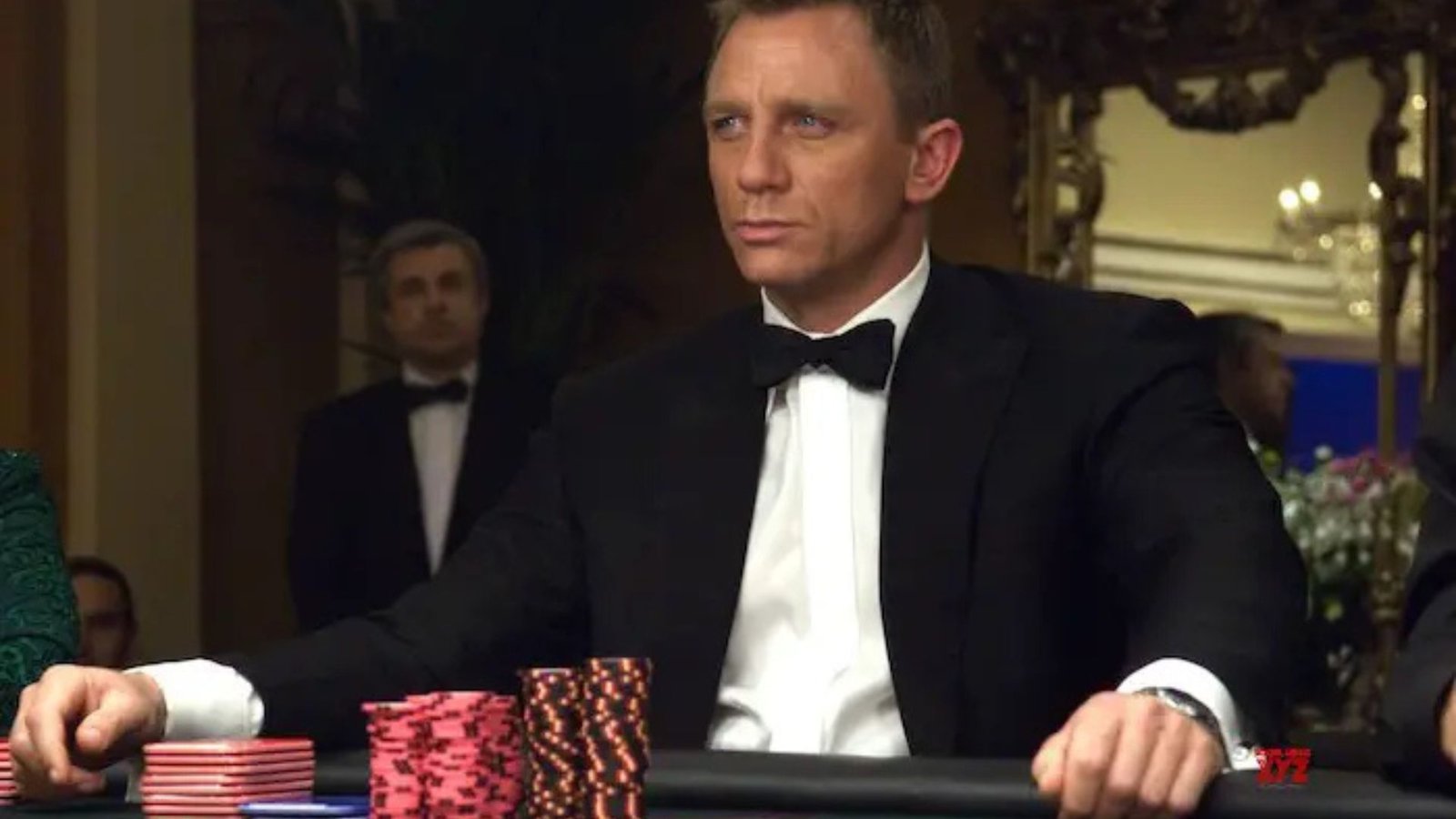Film is a powerful medium that has the ability to captivate, entertain, and provoke deep emotions in audiences. The secret behind every unforgettable movie lies in its storytelling. The art of storytelling in film involves the careful weaving of plot, character, dialogue, and visuals to create a narrative that resonates with viewers. From the intricate structure of a screenplay to the emotional depth of the characters, filmmaking is a multifaceted craft that relies on skillful storytelling to bring a film to life.
1. The Power of a Strong Narrative Structure
Every great film begins with a well-crafted narrative structure. The narrative is the framework upon which a story is built, and it shapes how the audience engages with the plot. The traditional three-act structure is the most common framework used in filmmaking, and it divides the story into three key sections:
- Act 1: Setup: This is where the world of the story is established, characters are introduced, and the primary conflict is presented.
- Act 2: Confrontation: The protagonist faces various challenges that lead to deeper conflicts, culminating in a turning point.
- Act 3: Resolution: The story reaches its climax, where conflicts are resolved and characters undergo transformation.
By structuring a film in this way, filmmakers can maintain a sense of pacing and emotional investment, ensuring that the story unfolds in a way that keeps viewers engaged.
2. Creating Compelling Characters
A good story is only as strong as its characters. Character development is a crucial aspect of storytelling in film, as it allows the audience to connect emotionally with the narrative. Filmmakers create complex, multi-dimensional characters who undergo personal growth or face moral dilemmas that challenge their values.
- Protagonists: The protagonist is the central character whose journey drives the plot. They are often faced with personal struggles, challenges, or conflicts that push them toward change.
- Antagonists: The antagonist is the opposing force that creates obstacles for the protagonist, often embodying the film’s central conflict. A strong antagonist can be just as complex and well-developed as the protagonist, adding depth to the narrative.
- Supporting Characters: Secondary characters also play a vital role in the film’s narrative. They provide support, contrast, or obstacles for the main characters, helping to drive the plot forward.
A well-developed character arc is essential for making a story feel authentic and emotionally impactful, as viewers are more likely to connect with characters who experience personal growth or struggle in meaningful ways.
3. Visual Storytelling and Cinematic Techniques
Film is a visual medium, and the power of imagery cannot be underestimated when it comes to storytelling. Filmmakers use a variety of visual techniques to enhance the narrative, convey emotions, and reinforce themes. These techniques work alongside dialogue and character actions to create a richer, more immersive experience.
- Cinematography: The way a film is shot can drastically influence its tone and mood. Camera angles, lighting, and composition all serve to tell the story visually. For example, a low-angle shot can make a character appear powerful, while a high-angle shot can make them seem vulnerable.
- Color Palette: Colors evoke different emotions and meanings. A warm color palette might create a sense of comfort or nostalgia, while cool tones can convey sadness or isolation. The deliberate use of color can enhance the story’s atmosphere and add layers of meaning.
- Symbolism: Filmmakers often use visual symbolism to communicate ideas that go beyond dialogue. A recurring image, such as a red balloon or an open door, might represent themes of freedom, danger, or change.

Visual storytelling allows filmmakers to communicate powerful emotions and ideas without the need for words, making it an essential component of cinematic narratives.
4. Dialogue and Screenwriting
While visuals play a significant role, dialogue remains one of the most effective tools in storytelling. Well-crafted dialogue brings characters to life and helps to reveal their motivations, desires, and struggles. Screenwriters carefully choose words and phrasing to convey the emotional depth of a scene or the tension between characters.
- Subtext: Often, what characters don’t say is just as important as what they do say. Subtext—the underlying meaning of dialogue—adds complexity to conversations, creating layers of meaning that the audience can interpret.
- Character Voice: Each character should have a distinct voice, which reflects their personality, background, and emotional state. Dialogue helps define characters and gives them depth, making them feel real and relatable.
- Pacing and Timing: The rhythm of dialogue affects the pacing of the story. Quick, snappy exchanges can create tension or excitement, while slower, more thoughtful dialogue can evoke introspection or sadness.
Strong dialogue is an essential storytelling tool that allows filmmakers to communicate character development, themes, and emotions effectively.
5. Themes and Emotional Resonance
At the heart of every great film is its theme—the central idea or message that the story seeks to explore. Themes are often abstract concepts such as love, justice, redemption, or identity. Filmmakers use storytelling techniques to weave these themes throughout the narrative, making them resonate emotionally with the audience.
- Conflict as a Theme: Many films center around the internal or external conflict faced by the protagonist. This conflict often serves as a vehicle for exploring deeper themes like sacrifice, fear, or personal growth.
- Universal Themes: Films with universal themes tend to resonate with a wide audience. Themes of love, family, and the human condition are explored in countless films because they touch on shared human experiences.
- Emotional Depth: The most memorable films evoke strong emotions, whether it’s laughter, sorrow, anger, or joy. Emotional storytelling keeps viewers engaged and invested in the characters’ journeys.
A strong theme gives a film purpose and depth, turning a simple narrative into something that leaves a lasting impact on the audience.
6. The Role of Sound and Music
Sound and music play a crucial role in storytelling by enhancing the emotional tone and mood of a scene. The right score can elevate the narrative, making a moment feel tense, triumphant, or heart-wrenching. Music can also be used to reinforce themes or symbolize key ideas.
- Score: A film’s musical score sets the emotional tone and can enhance the viewing experience. Iconic scores, like John Williams’ compositions for Star Wars or Hans Zimmer’s work on Inception, become inseparable from the film itself.
- Sound Design: The sound effects used in a film—such as footsteps, a door creaking, or the roar of an engine—can build atmosphere and tension, adding another layer of storytelling.
Sound and music help immerse the audience in the world of the film, making the emotional journey feel more impactful.
Conclusion
The art of storytelling in film is a complex and intricate process that requires careful attention to narrative structure, character development, visuals, dialogue, and themes. Filmmakers craft immersive experiences that captivate audiences and evoke deep emotions, using a combination of cinematic techniques and creative storytelling methods. Whether through dialogue, stunning visuals, or music, each component works together to create a narrative that resonates long after the credits roll. At its core, storytelling is the heart of cinema, and it’s what makes film such a powerful medium for communicating ideas, emotions, and human experiences.











